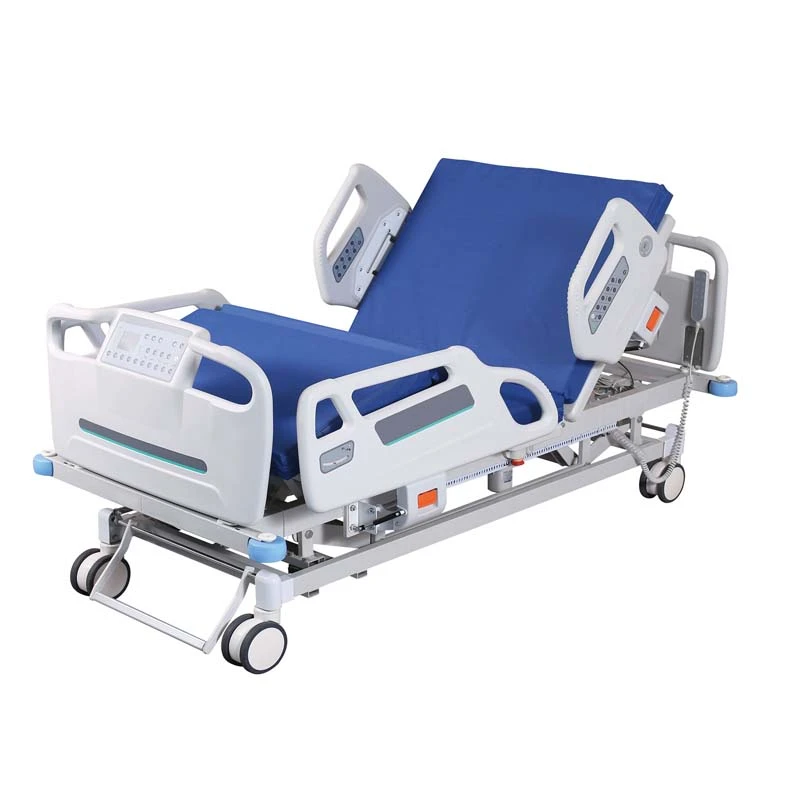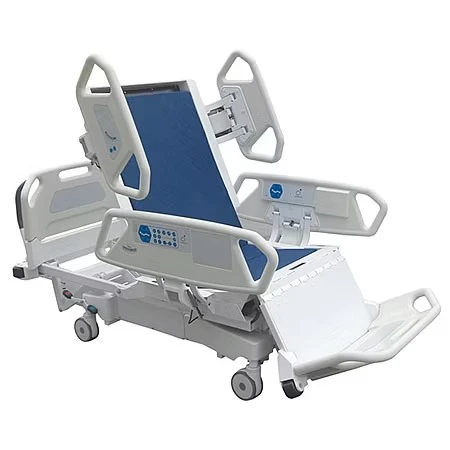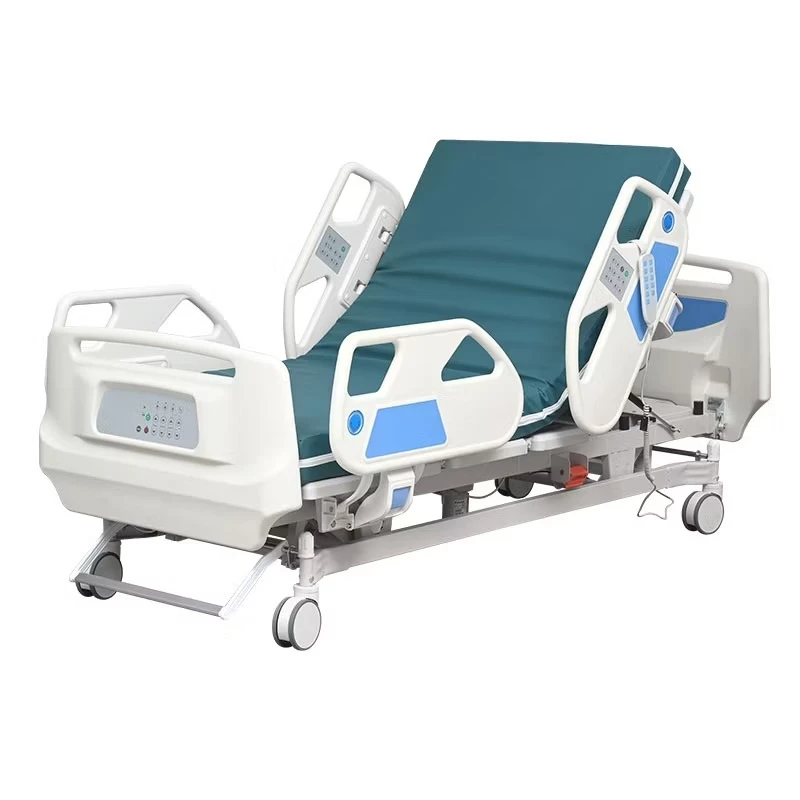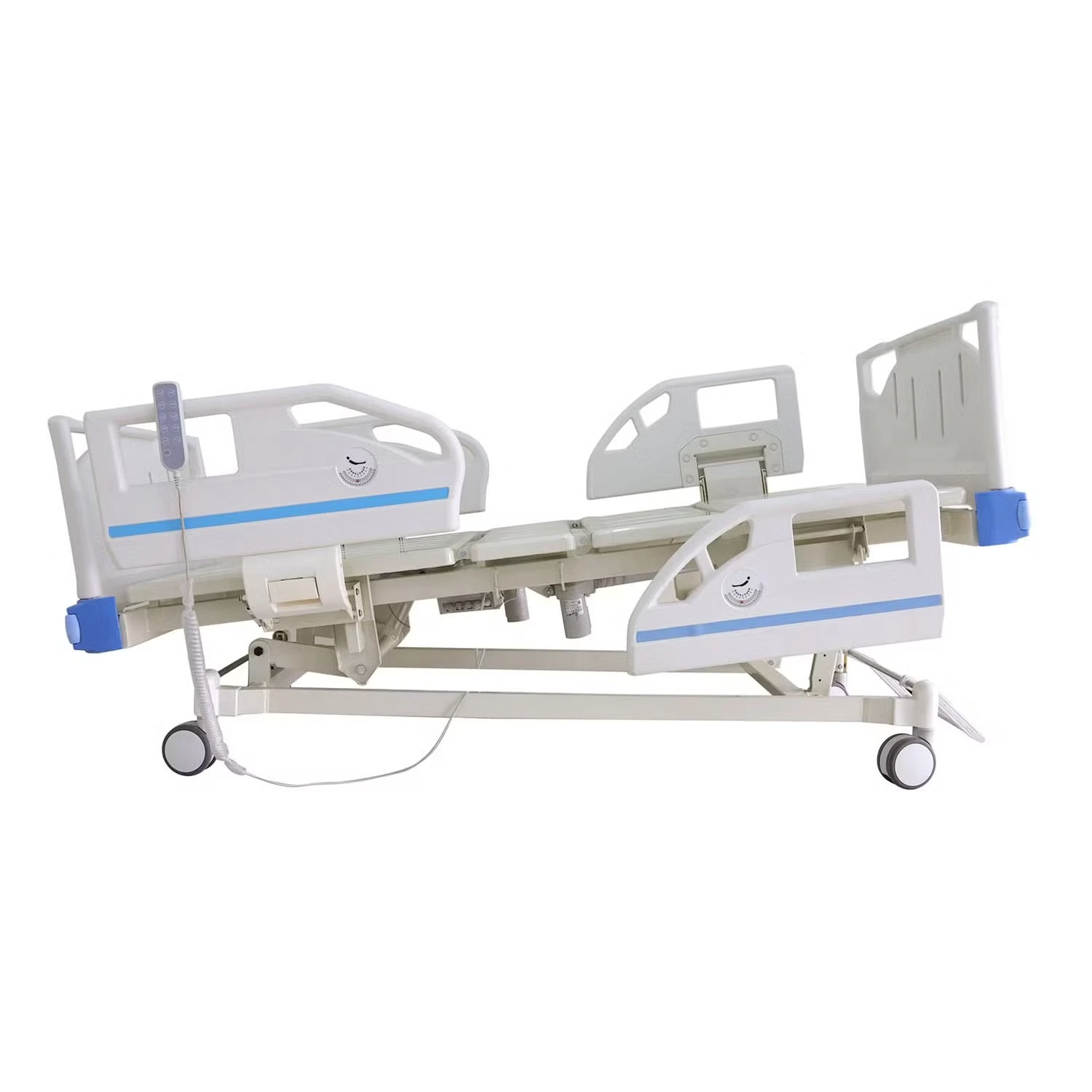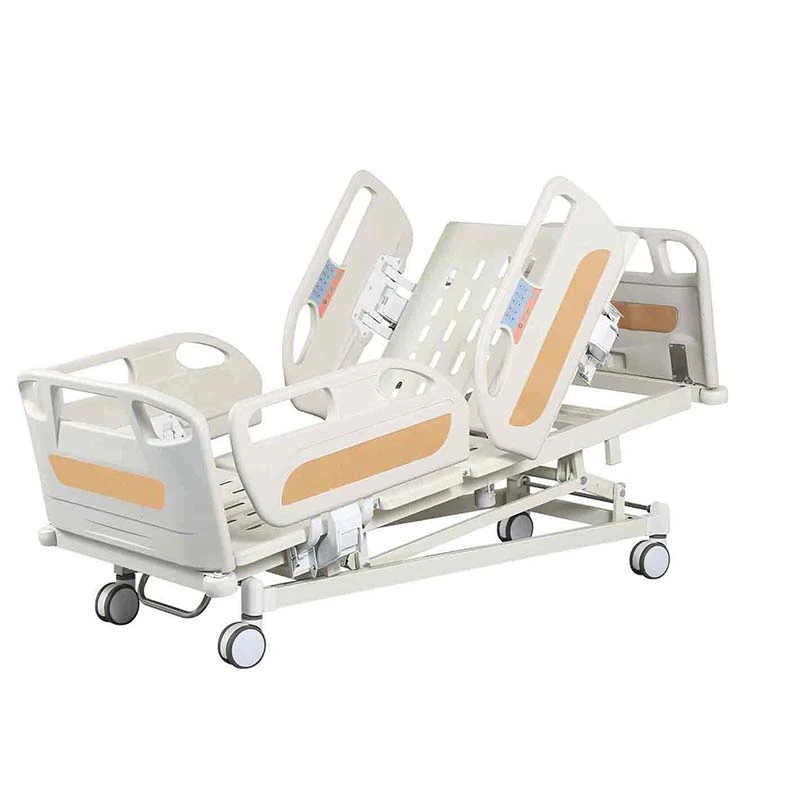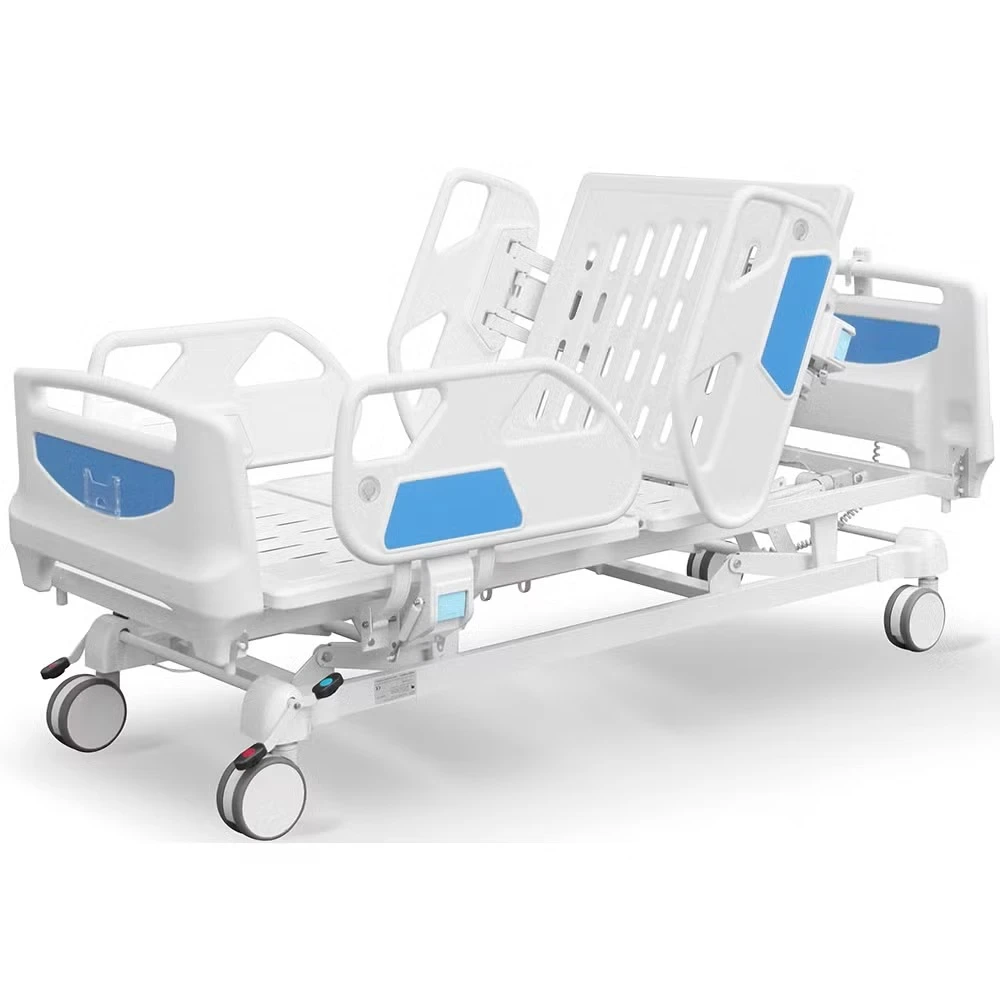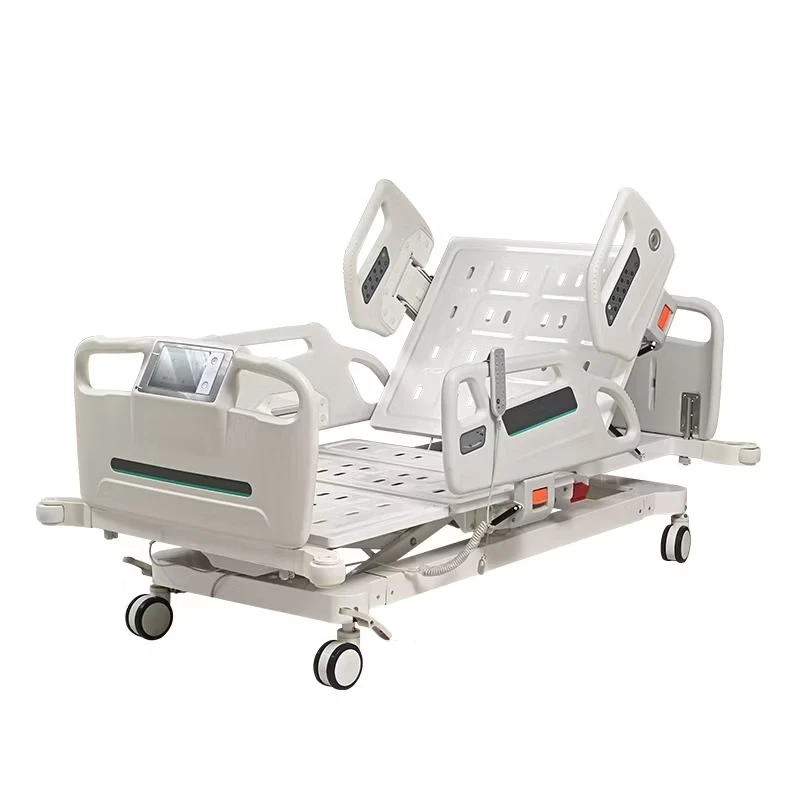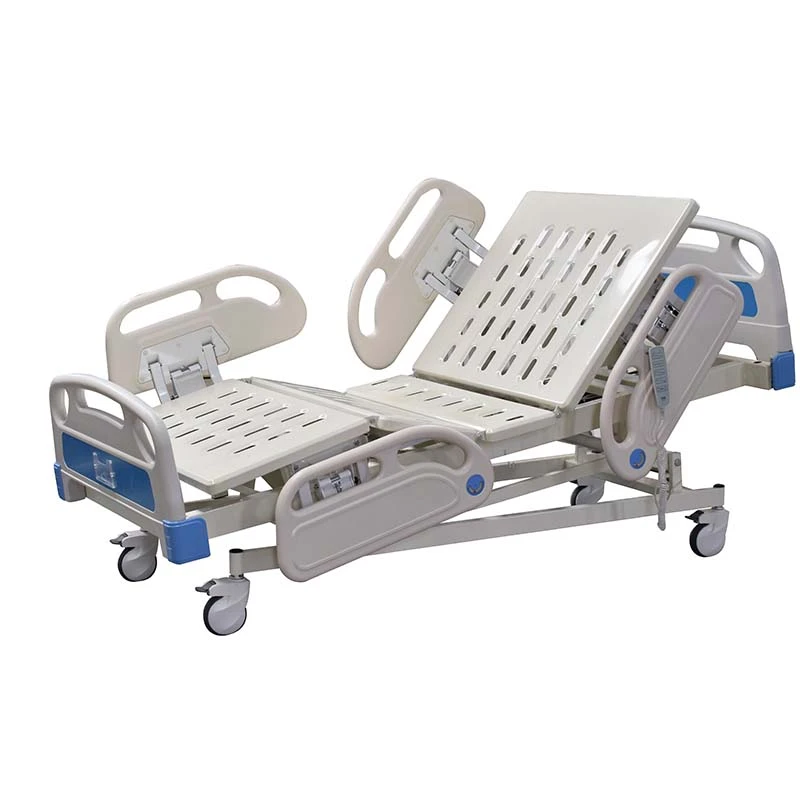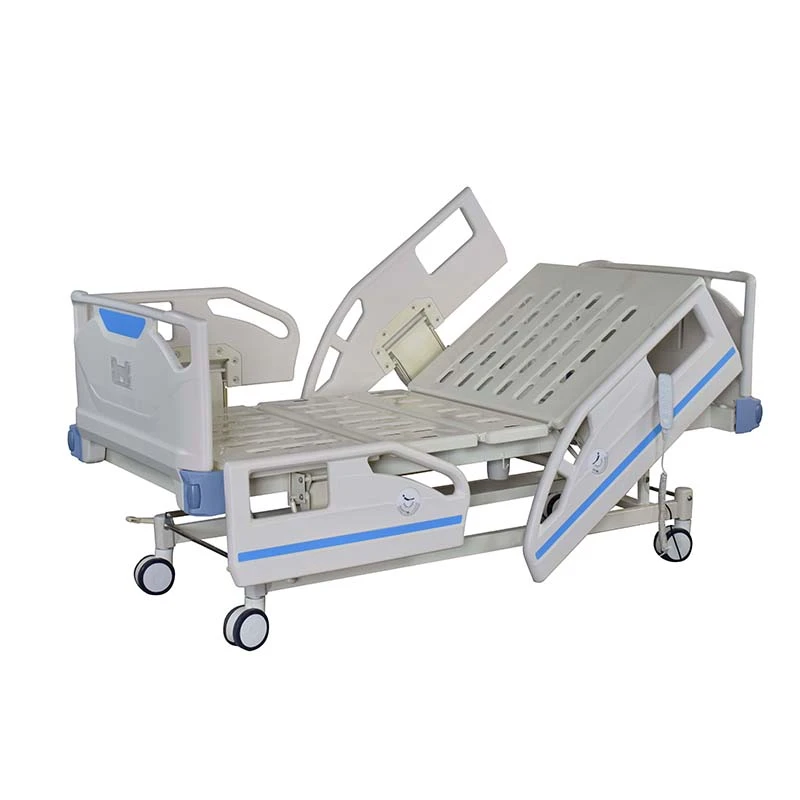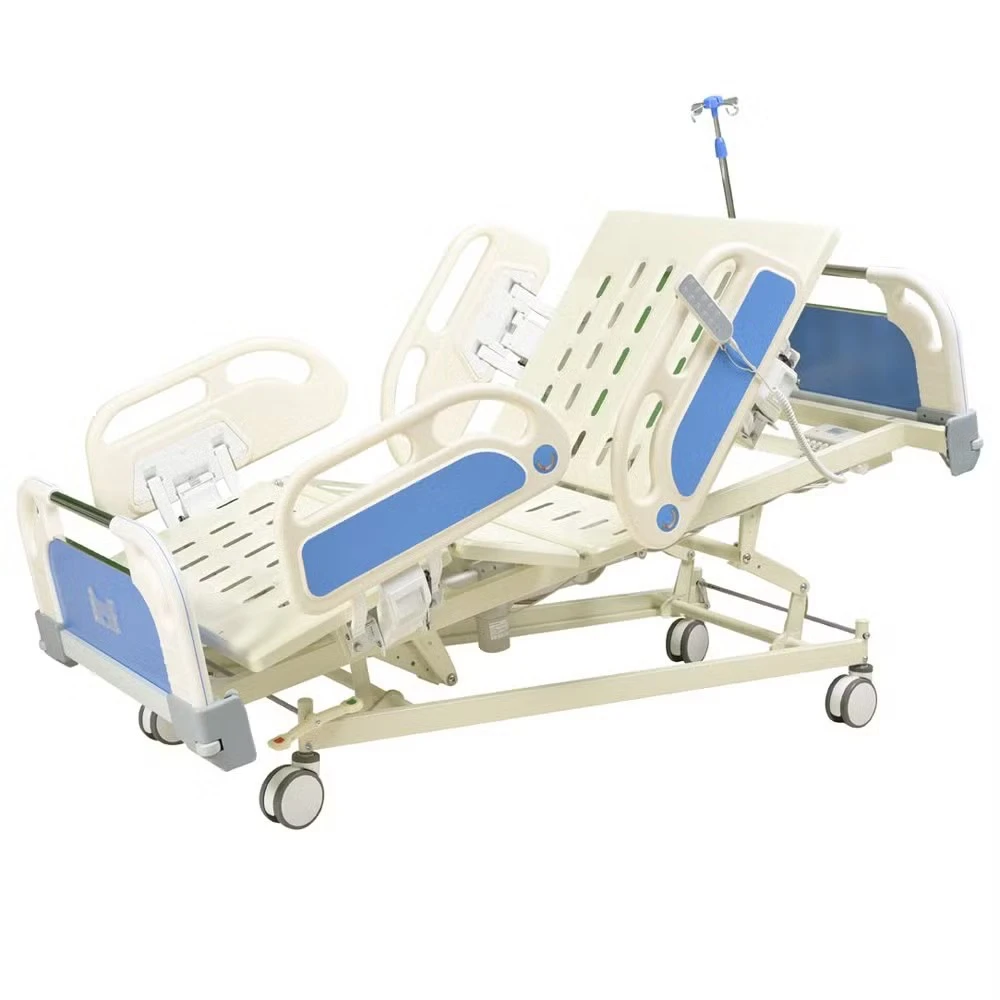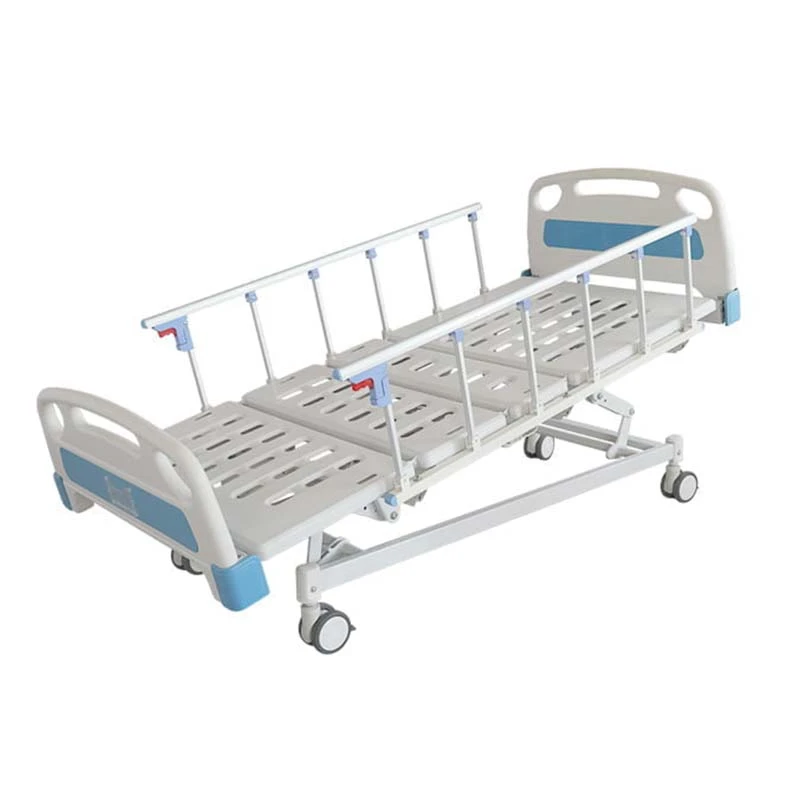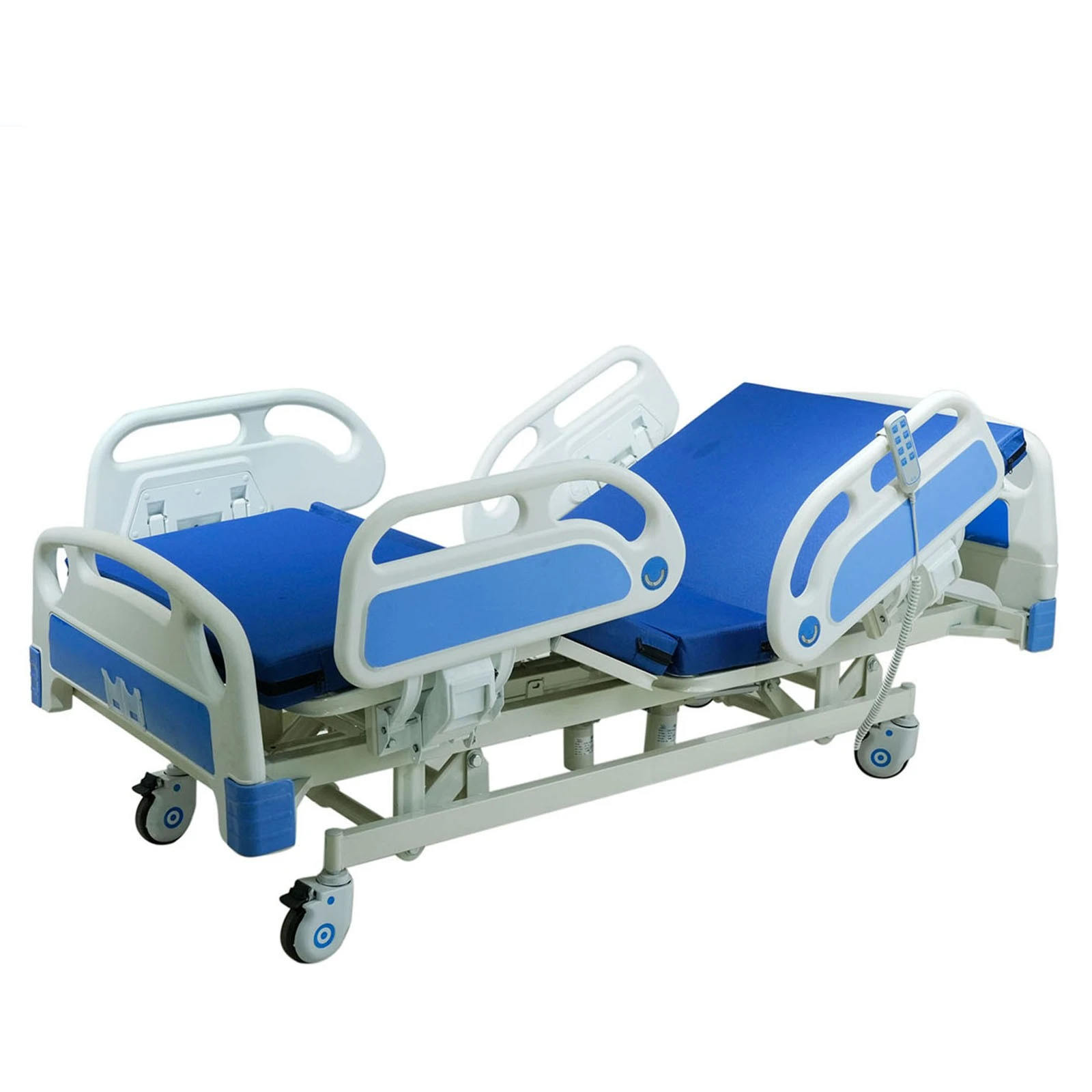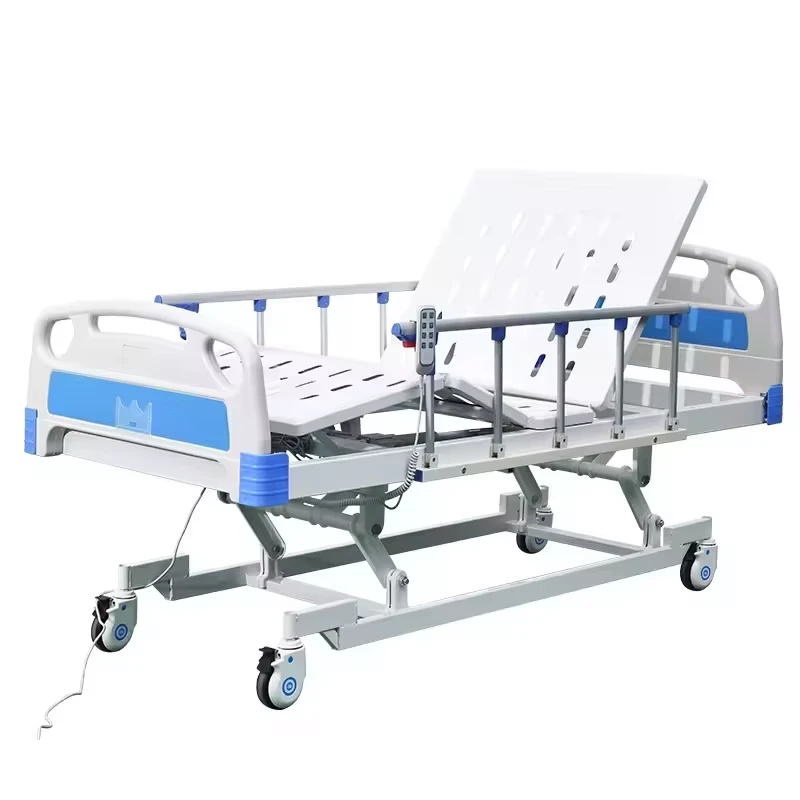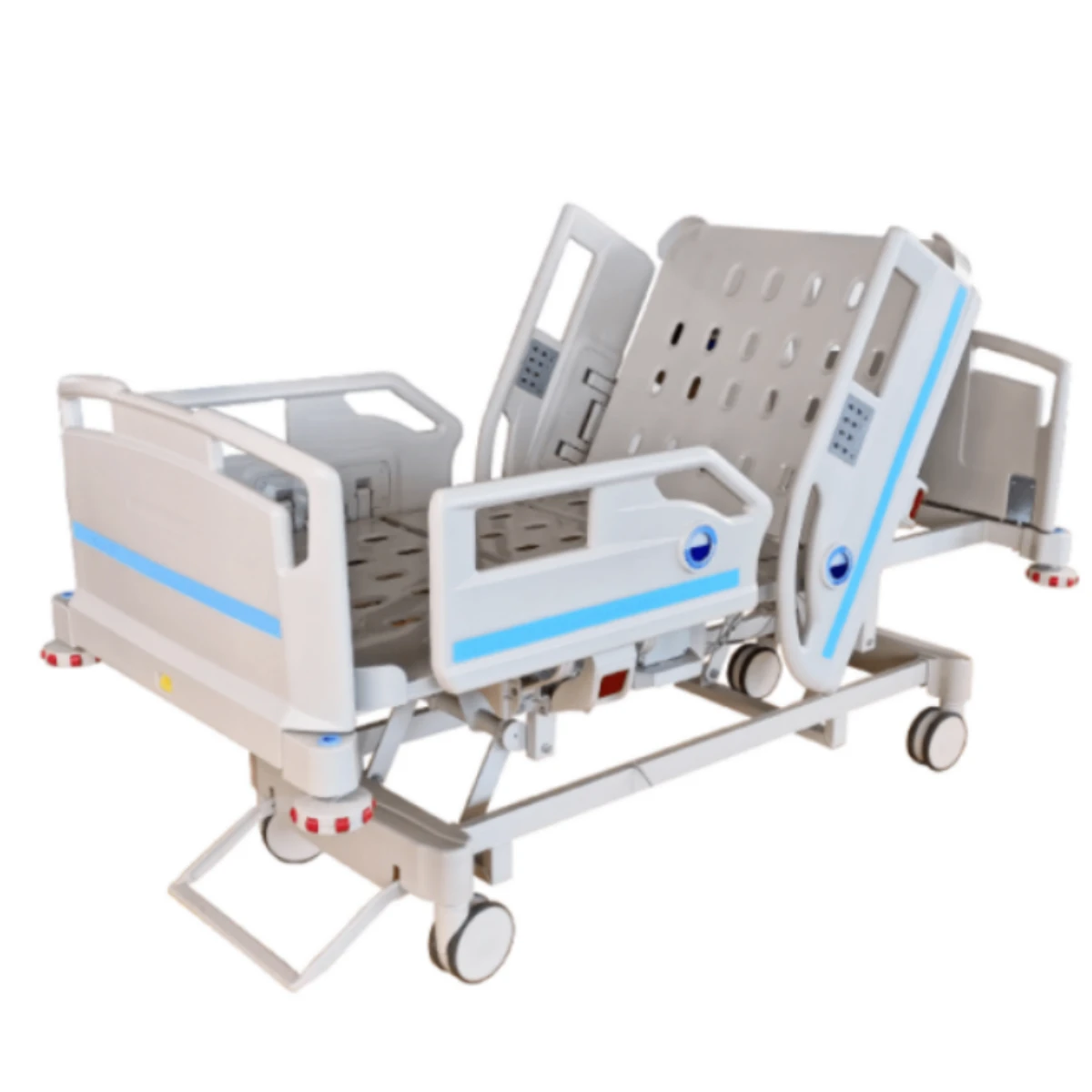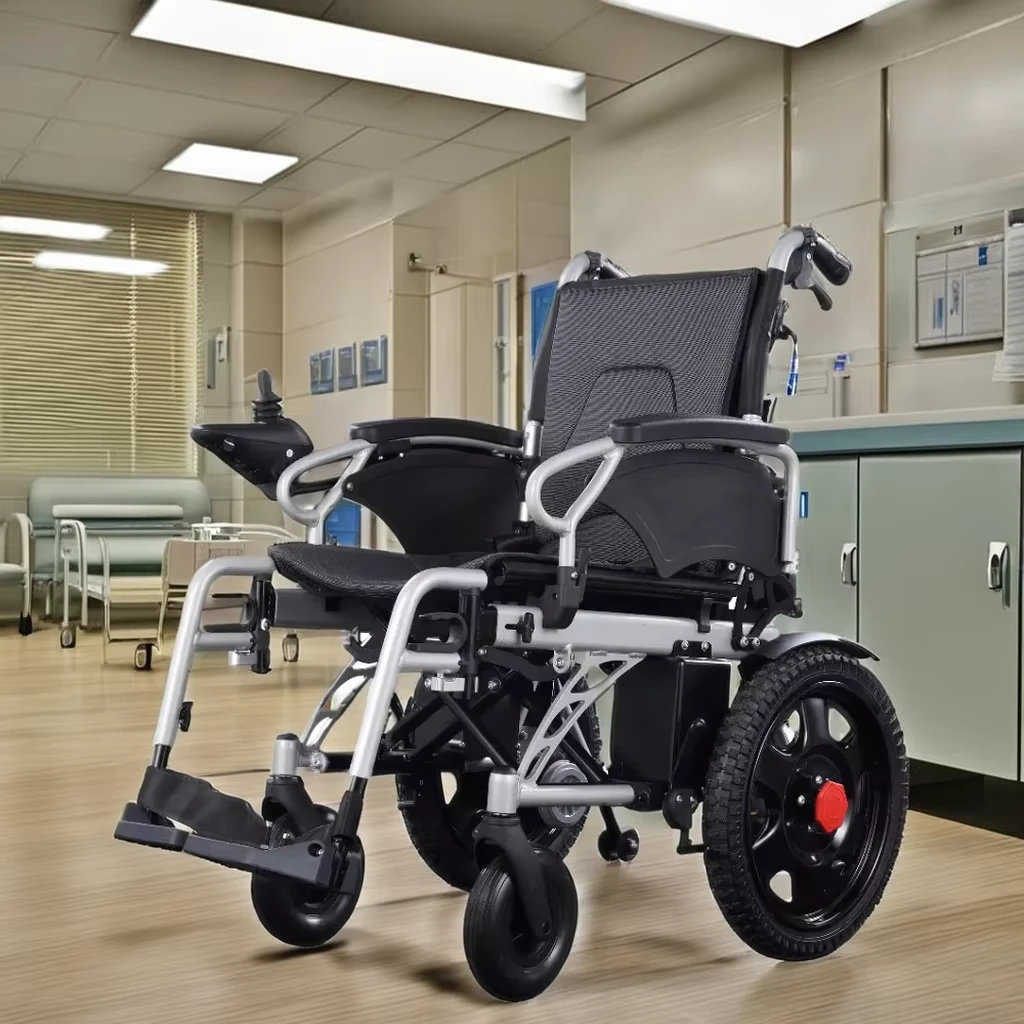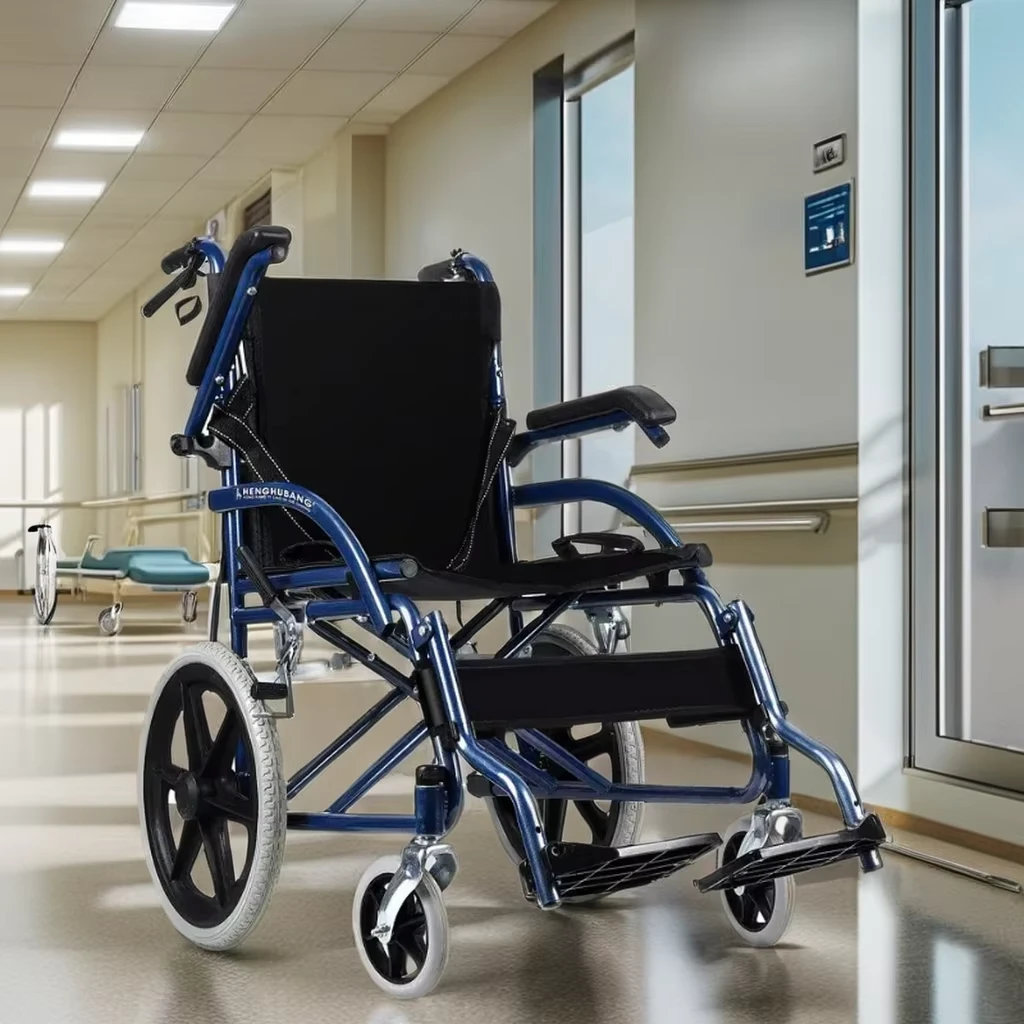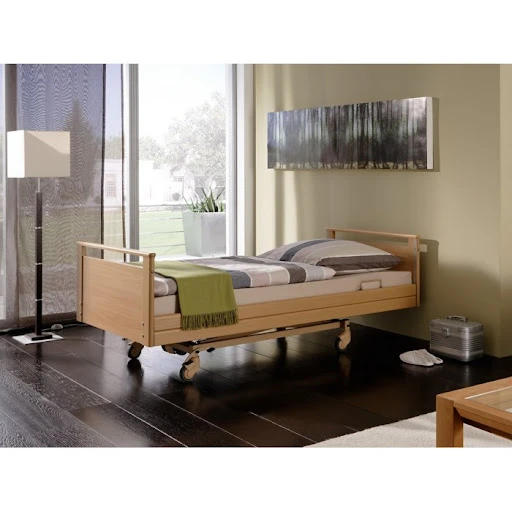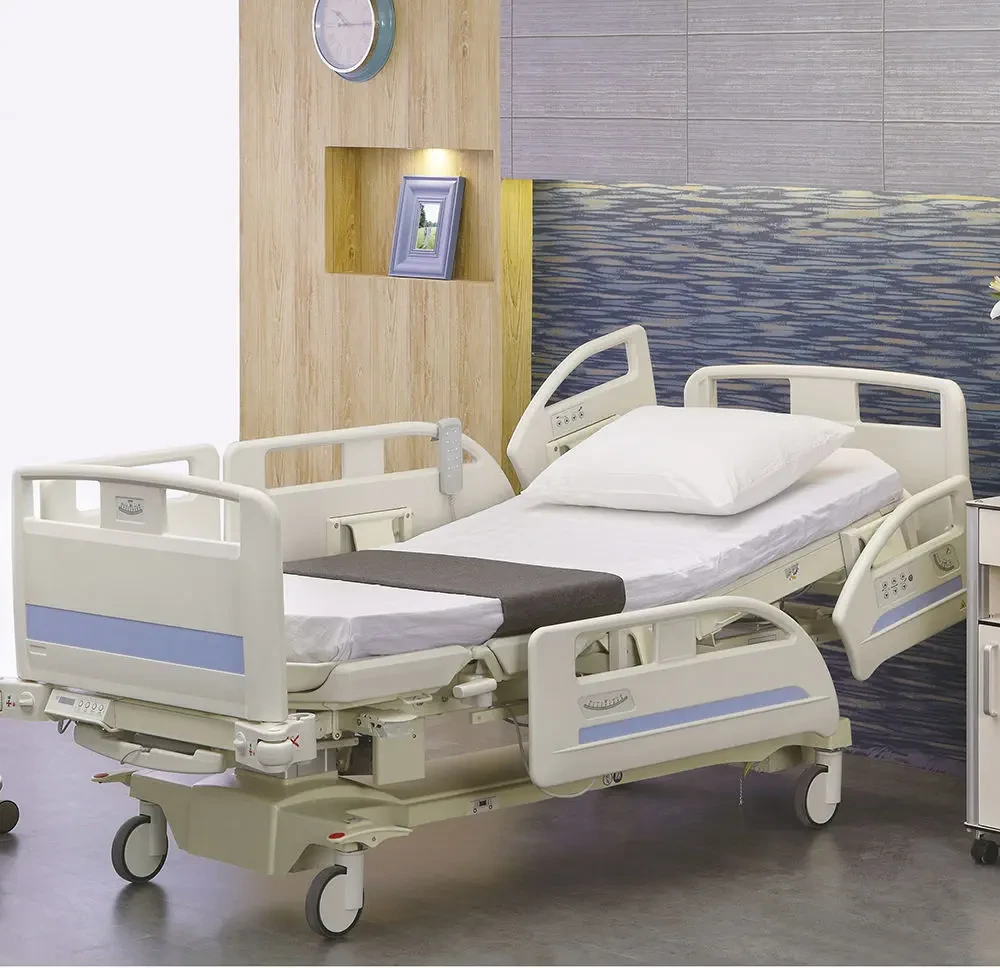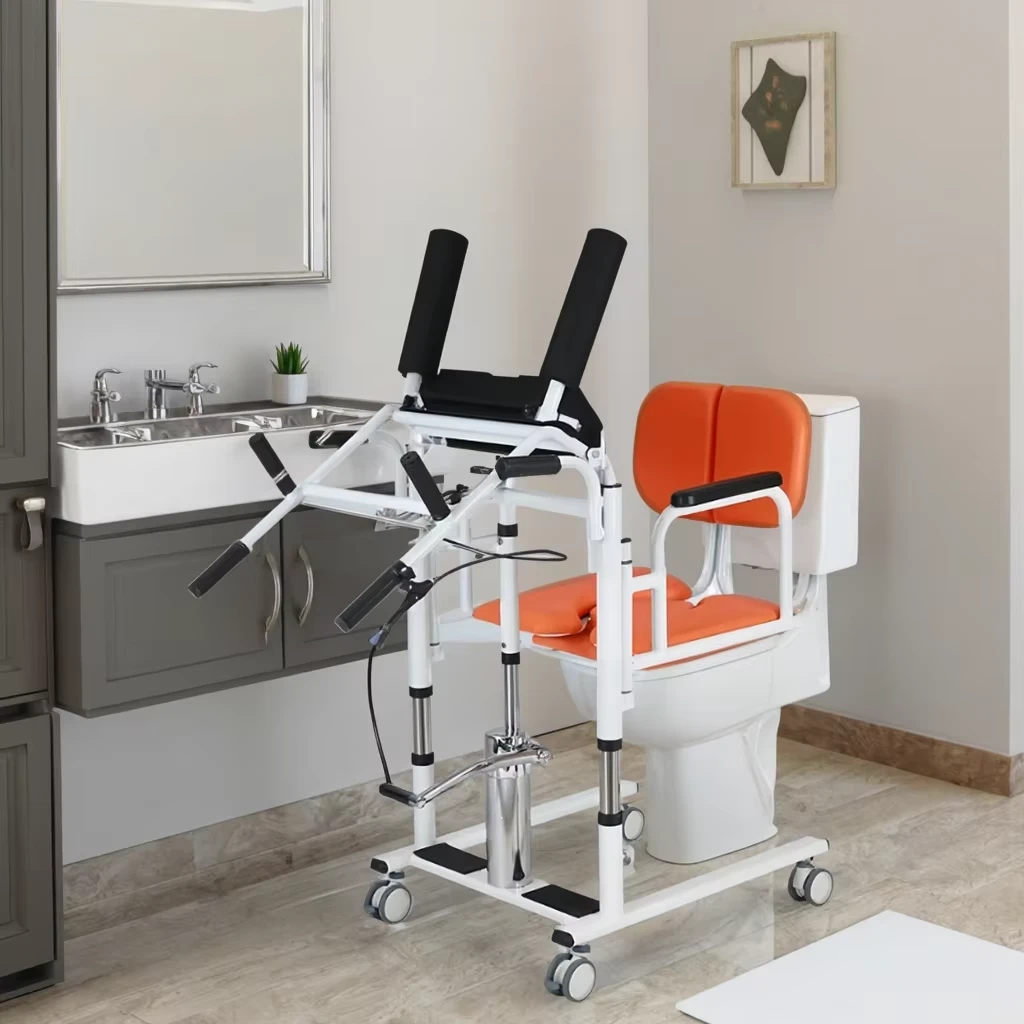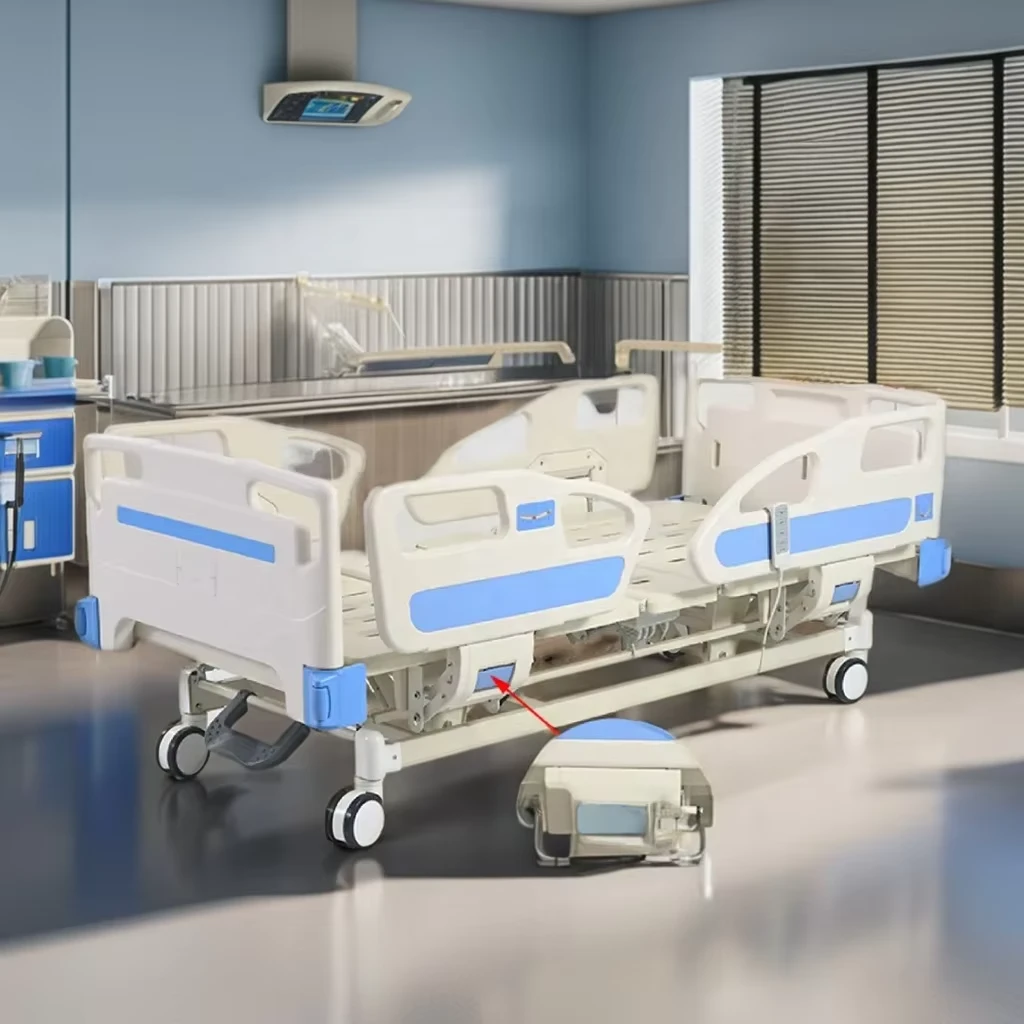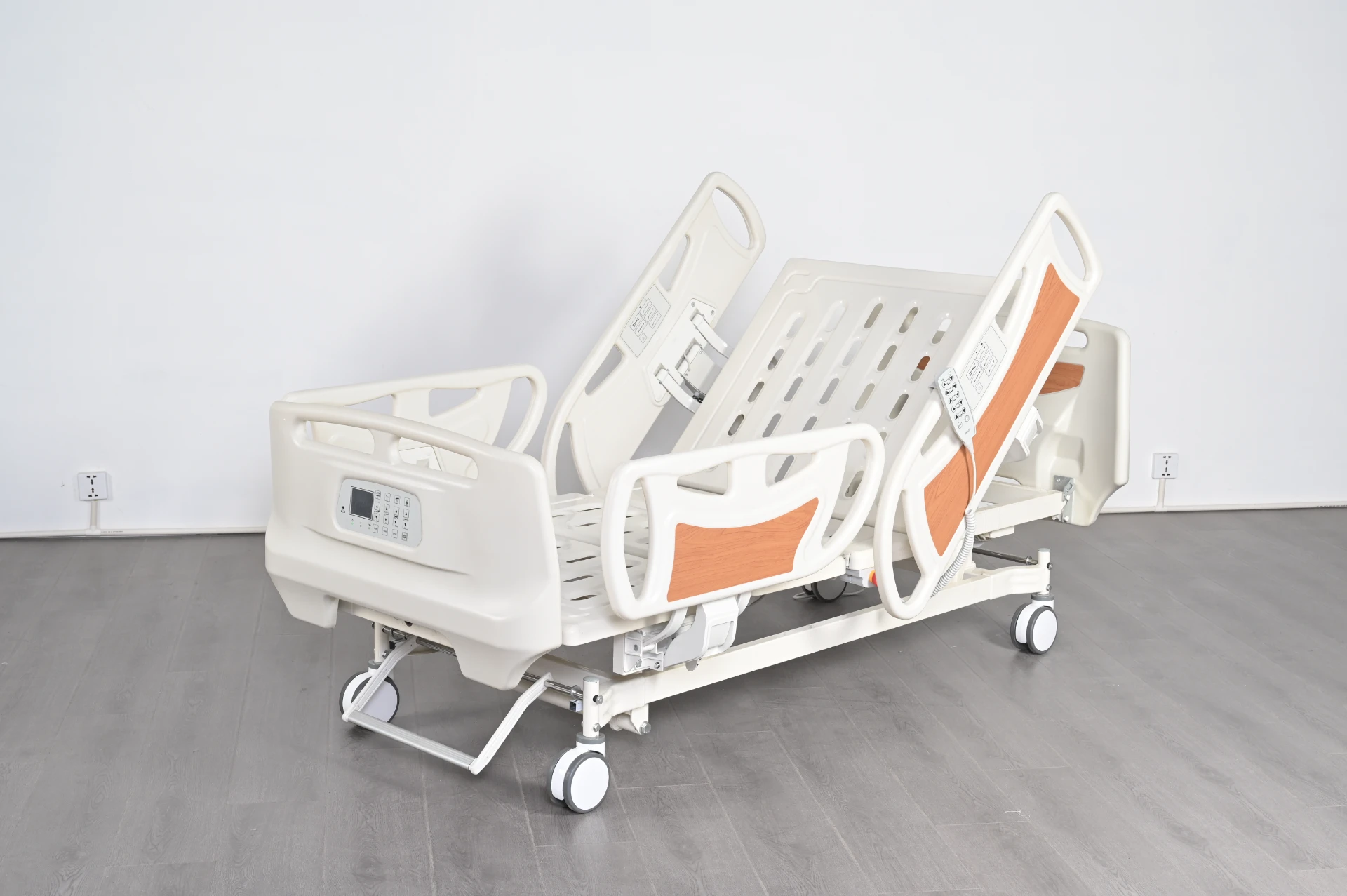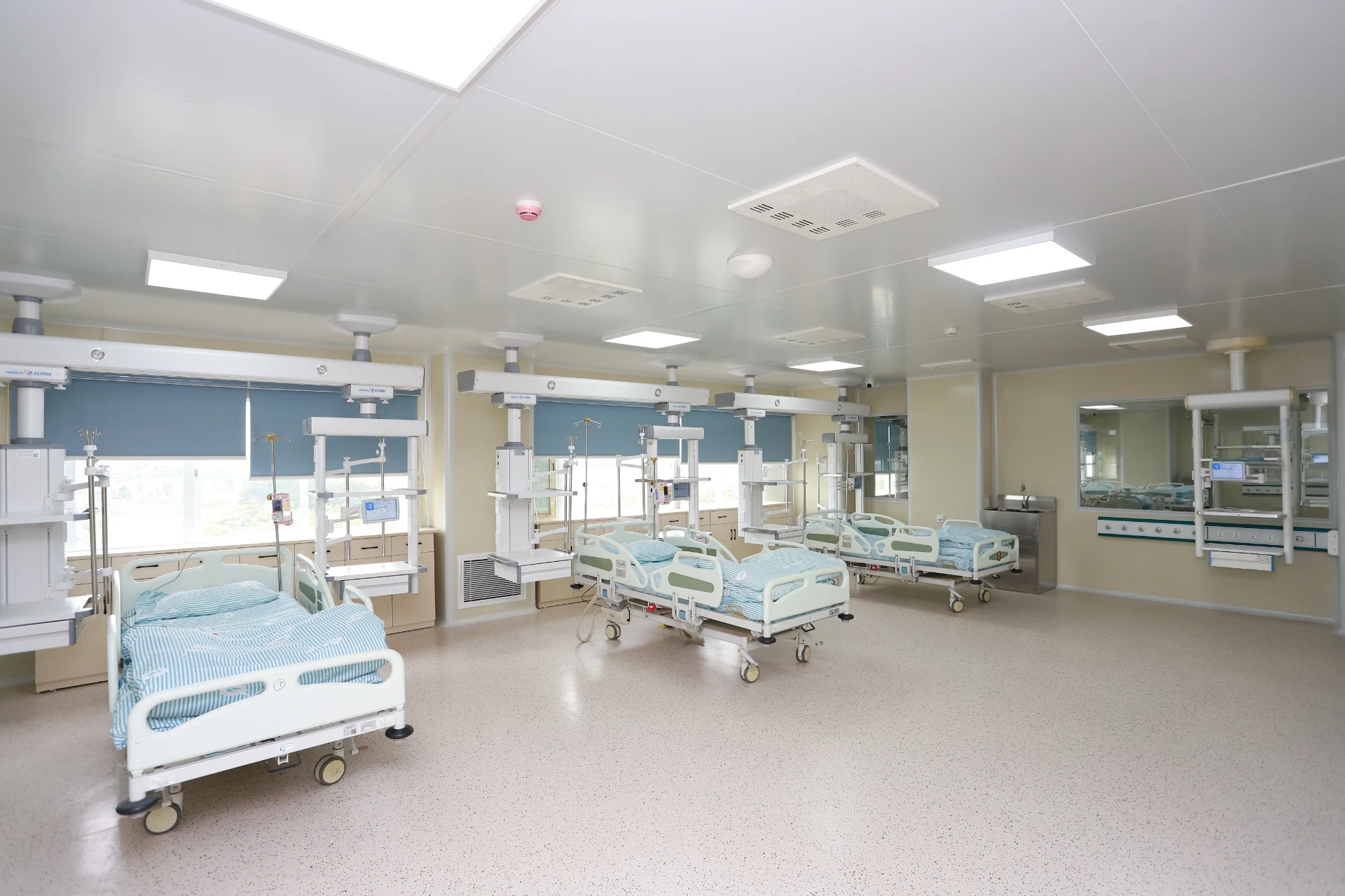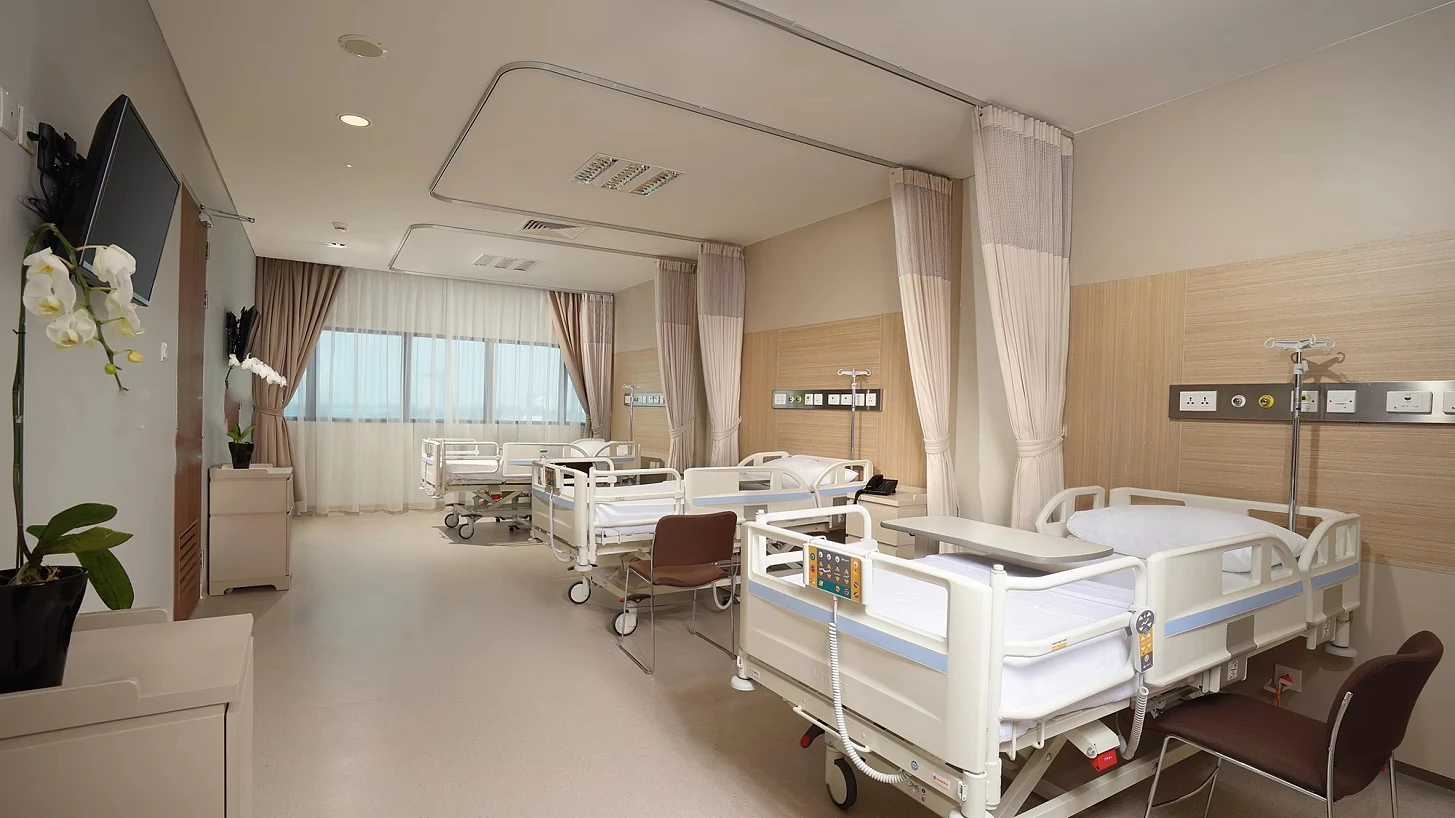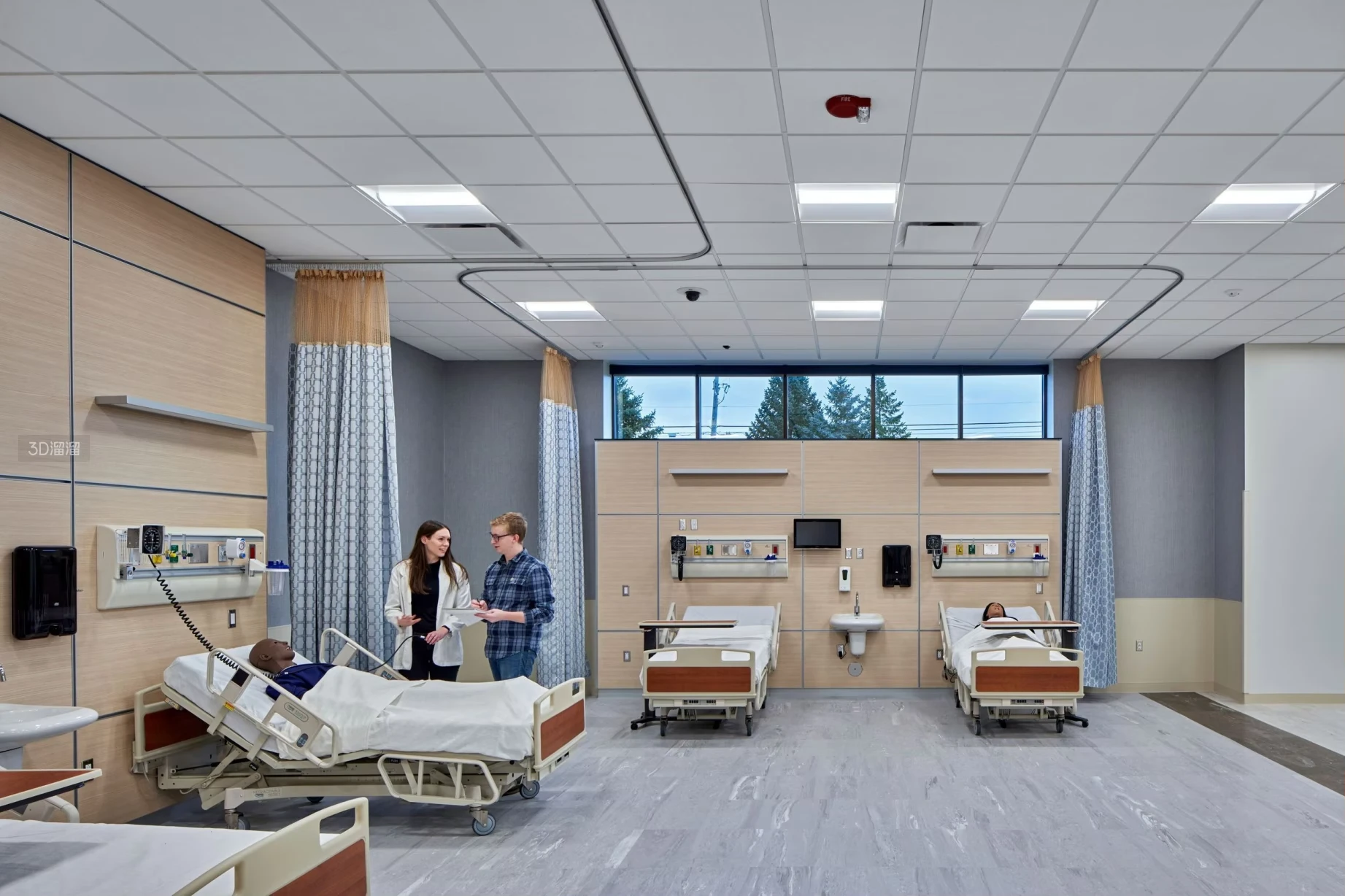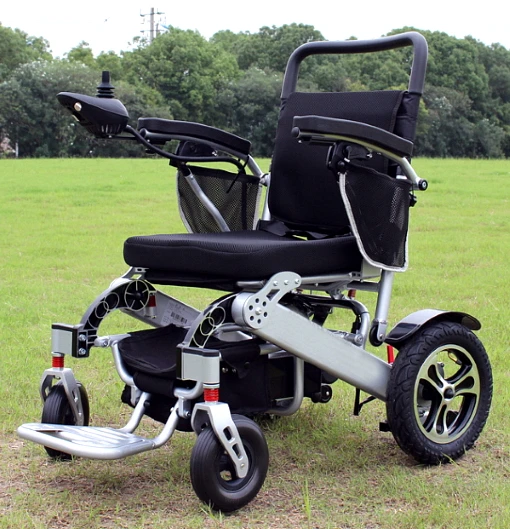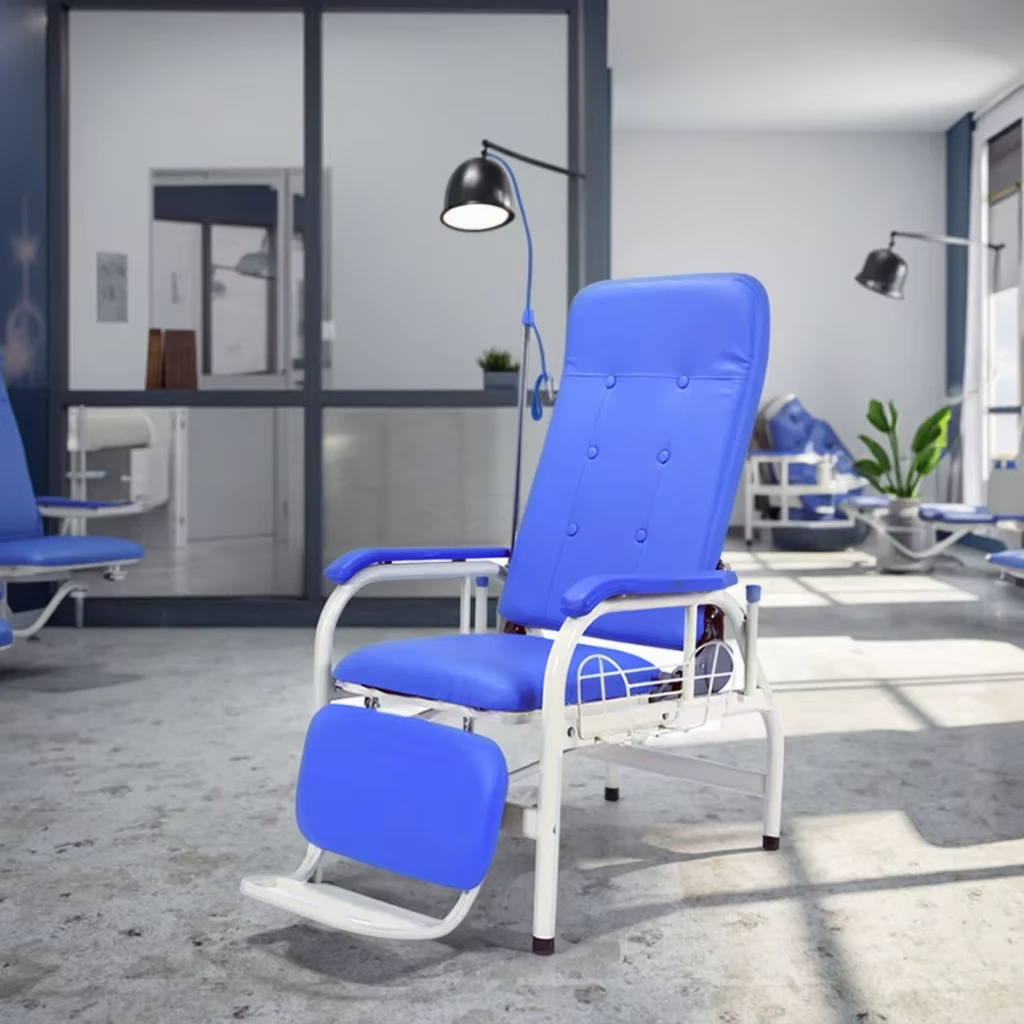The Importance of Rehabilitation Equipment in Modern Healthcare
Rehabilitation is a critical phase in the recovery journey for patients affected by injuries, surgeries, or chronic conditions. Rehabilitation equipment plays a pivotal role in facilitating this process, helping patients regain mobility, strength, and independence. The evolution of rehab equipment has brought innovative solutions not only to hospitals and rehabilitation centers but also to home environments, offering patients flexible options for continuous recovery. This article explores various aspects of rehabilitation tools, their applications, and the value they bring to both patients and healthcare providers.
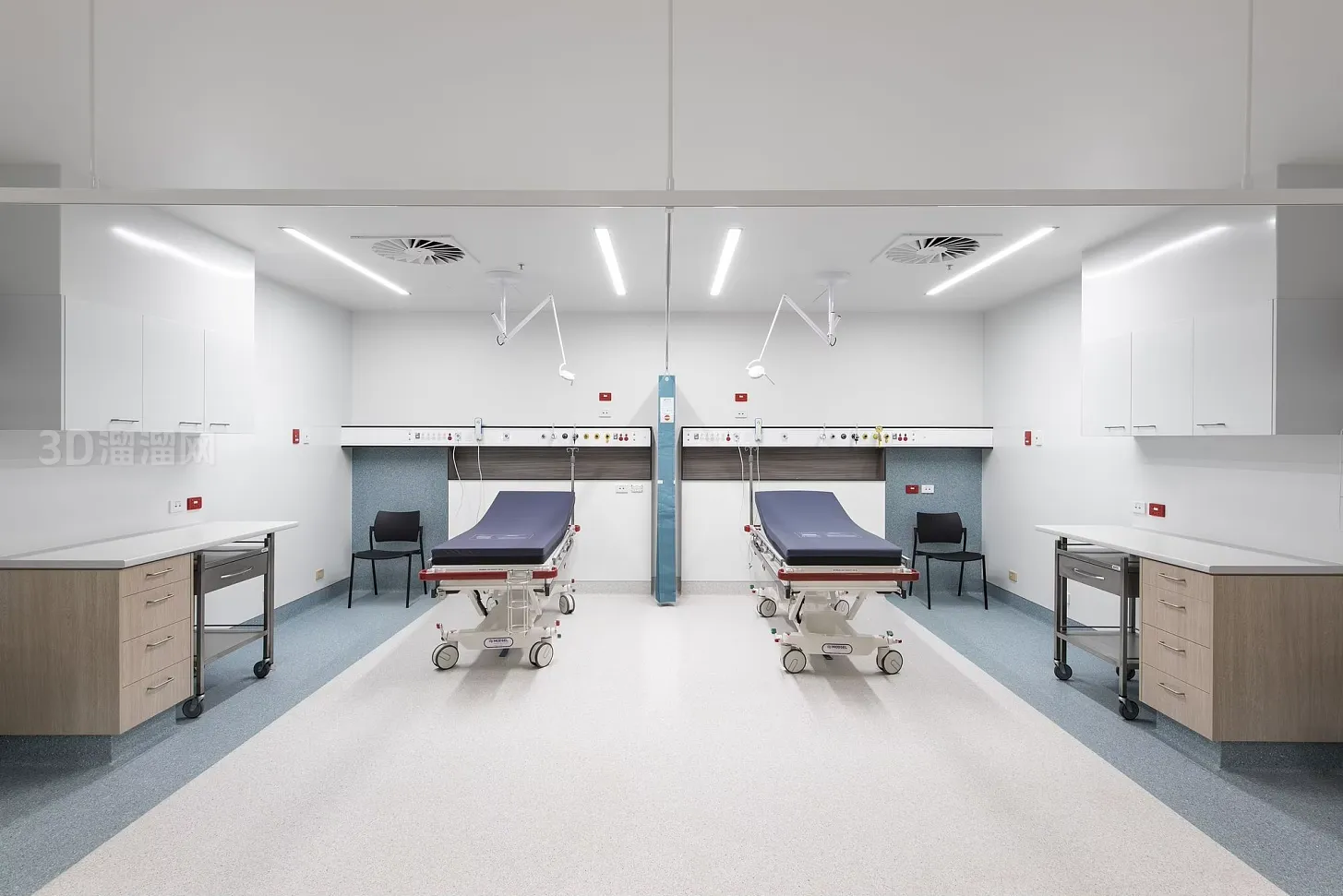
The Wide Range of Rehabilitation Equipment for Home Use
The demand for rehab equipment for home has surged as more patients prefer recovering in familiar environments with the convenience of personalized schedules. Home rehabilitation devices cater to diverse needs, from simple mobility aids to sophisticated therapy machines. Commonly used home rehab equipment includes resistance bands for muscle strengthening, portable pedal exercisers for cardiovascular health, and balance trainers that help restore coordination and prevent falls.
These devices are designed with ease of use in mind, often lightweight and compact for practical storage. Importantly, rehab equipment for home encourages patients to remain active between professional therapy sessions, significantly improving outcomes. Moreover, technological advancements have introduced smart devices that track progress, offer exercise guidance, and provide feedback remotely, bridging the gap between home care and clinical supervision.
Walking Rehabilitation Equipment: Enhancing Mobility and Confidence
One of the most critical aspects of rehabilitation is restoring the ability to walk safely and confidently. Specialized walking rehabilitation equipment supports patients through this challenging phase, especially those recovering from strokes, orthopedic surgeries, or neurological disorders. This category includes walkers, gait trainers, parallel bars, and robotic-assisted devices designed to improve gait, balance, and muscle coordination.
By offering physical support and encouraging repetitive motion, walking rehabilitation equipment helps retrain the nervous system and strengthen the muscles involved in walking. The psychological benefit of regaining mobility cannot be overstated—patients experience enhanced confidence and motivation, which are essential for sustained recovery. Healthcare professionals emphasize the use of these tools to reduce fall risks and facilitate a smoother transition back to daily life activities.
Choosing the Right Rehabilitation Equipment Suppliers
Selecting dependable موردو معدات إعادة التأهيل is fundamental to ensuring access to high-quality, safe, and effective products. A reputable supplier provides a comprehensive range of equipment that meets regulatory standards and clinical requirements. Additionally, they offer expert guidance to help healthcare providers and patients select suitable tools tailored to individual rehabilitation goals.
Good موردو معدات إعادة التأهيل often deliver customization options, allowing adjustments in size, resistance levels, and functionalities. This personalization is crucial for accommodating different stages of recovery and specific medical conditions. Furthermore, top suppliers maintain robust customer support, warranties, and training services, which ensure long-term satisfaction and proper usage of equipment. Collaborations with physical therapists and clinicians also enhance the relevance and efficacy of the products supplied.
Clinical and Home Use of Rehab Equipment: A Balanced Approach
The effectiveness of rehab equipment depends significantly on the environment and supervision level. Clinical settings offer access to advanced machinery and professional guidance, which are invaluable during the early and intensive stages of rehabilitation. However, integrating rehab equipment for home complements clinical therapy by maintaining patient engagement and enabling ongoing exercises.
Combining both clinical and home rehabilitation tools forms a comprehensive approach that maximizes recovery potential. Patients can benefit from the expertise and controlled conditions of clinics while enjoying the comfort and convenience of home care. Telehealth advancements now facilitate remote monitoring, ensuring exercises performed at home meet prescribed standards. This synergy is particularly beneficial for patients with mobility limitations or those residing far from rehabilitation centers.
Innovations in Rehabilitation Equipment and Their Impact on Patient Outcomes
Continuous innovation drives the evolution of rehabilitation equipment, introducing smarter, more adaptable devices that improve patient experiences and outcomes. Wearable sensors, robotic exoskeletons, virtual reality interfaces, and AI-powered exercise programs represent some of the cutting-edge technologies shaping the future of rehab.
These advancements offer precise monitoring, real-time feedback, and personalized therapy adjustments, leading to more efficient and motivating rehabilitation processes. Smart rehab equipment also promotes patient autonomy, encouraging consistent use and enabling data-driven decisions by healthcare providers. As technology continues to advance, the accessibility and effectiveness of rehabilitation tools will expand, offering hope for faster and more complete recoveries.
rehabilitation equipment FAQs
What types of rehabilitation equipment are commonly used for home therapy?
Home therapy typically employs portable and easy-to-use devices such as resistance bands, pedal exercisers, walkers, balance boards, and lightweight strength trainers. These tools facilitate daily exercises and help maintain mobility and strength outside clinical settings.
How does walking rehabilitation equipment assist patient recovery?
Walking rehabilitation equipment aids in restoring balance, strength, and coordination by providing physical support and encouraging repetitive walking practice. This is vital for stroke survivors and orthopedic patients to regain safe, confident mobility.
Where can I find reliable rehabilitation equipment suppliers?
Reliable suppliers usually have certifications, positive reviews, and offer a broad product range tailored to clinical and home needs. They provide customization options, customer support, and collaborate with healthcare professionals to ensure product suitability.
Is rehabilitation equipment for home as effective as clinical devices?
While clinical equipment often includes more sophisticated features and professional supervision, home rehab equipment is effective for ongoing therapy and maintenance. Consistent use of home devices is essential to support continuous improvement and complement clinical sessions.
Can rehabilitation equipment be customized for individual patient needs?
Yes, many suppliers provide customizable features such as adjustable resistance, size, and functionality to match specific therapy goals and physical conditions, enhancing patient comfort and treatment effectiveness.



